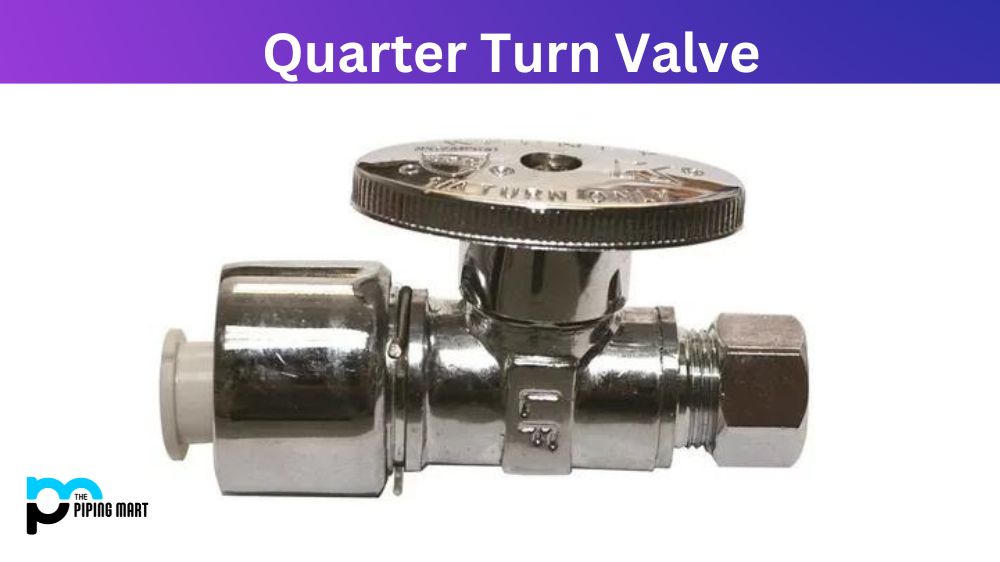What is Nimonic 80A?
A wrought, age-hardened alloy called NIMONIC alloy 80A is enhanced by the addition of titanium, aluminium, and carbon. High-frequency melting and casting in the air are used to make it. The NIMONIC alloy 75 is comparable to it. It resists oxidation and corrosion well. At 815°C (1500°F), the creep rupture and tensile characteristics are high.
Chemical composition of Nimonic 80A
- Nickel, Ni – 69%
- Chromium, Cr- 18-21%
- Iron, Fe – ≤3%
- Cobalt, Co- ≤2%
- Titanium, Ti – 1.8-2.7%
- Aluminum, Al- 1.0-1.8%
- Others – Remainder
Applications of Nimonic 80A
- Gas turbine engineering
- exhaust valves for automobiles
- cores and inserts for die casting
- parts of a nuclear boiler tube
Fabrication of Nimonic 80A
- welding – It is possible to weld NIMONIC alloy 80A using standard methods and a compatible filler metal. Metal must first undergo solution treatment before welding. This alloy will be appropriate for fusion welding using metal inert gas and tungsten inert gas.
- forging – Hot forging of NIMONIC alloy 80A is possible at temperatures between 1800 and 2150 °F (1800 to 982 °C).
- cold working – On the alloy, cold working is possible.
- machinability – This alloy can be machined using standard methods that are typically used on iron alloys. When this alloy is machined, it becomes harder. For every machining process, NIMONIC alloy 80A must be properly heat-treated. It is necessary to utilise precise machining processes due to the high material hardness in this situation (250–350 HV).
- hot working – Hot working of NIMONIC alloy 80A is possible at temperatures between 1050 and 1200 °C (1920 and 2190 °F).
- annealing – It is recommended to anneal NIMONIC alloy 80A at 1079 °C (1975 °F) for around 8 hours before cooling it by air.

Pipingmart is B2B portal specializes in industrial, metal and piping products. Also, share latest information and news related to products, materials and different types grades to help business dealing in this industry.




